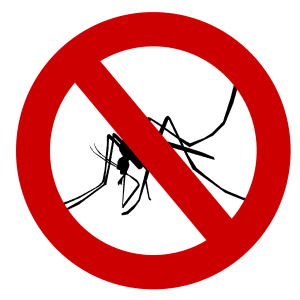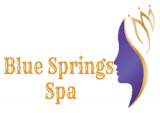As of now, plant infectious prevention measures are predominantly preventive. When a plant or plant item is tainted and side effects show up, scarcely any control techniques – including pesticides – are viable. The fundamental strategies for control of plant infections include: have opposition, social control, sterilization, and substance control. Have Resistance The utilization of infection-safe assortments is generally one of the best, most durable, and efficient methods for controlling plant sickness. In a few harvest and nursery circumstances, safe assortments are the best way to guarantee proceeded with creation on Pest Control Essex . For some sicknesses in low-esteem search and field crops, for instance, substance controls are excessively exorbitant. For different sicknesses, for example, many soil-borne microorganisms, no efficient or powerful substance control technique is accessible.
Social Control
For a plant illness to create, a microbe and its host should meet up under the right natural circumstances. Social practices can forestall contamination by adjusting the climate, the state of the host, or the way of behaving of the microorganism.
Sterilization

Fundamental disinfection rehearses help to forestall and smother some plant infections by eliminating the actual microorganisms or their wellsprings of food and haven. Models include utilizing pathogen-free seed stock, microbe-free proliferation, clean establishing destinations, evacuation of contaminated plants, crop buildup the board, and sterilization of gear and instruments.
Compound Control
Synthetics used to control plant sickness microbes incorporate fungicides and bactericides (sanitizers). The overall term “fungicide” is frequently used to portray pesticides that battle the two growths and microorganisms.
Steadiness
Fungicides change in the timeframe they stay dynamic after they are applied. A nonpersistent fungicide controls the microbe on contact or soon after and afterward is at this point not synthetically dynamic against the plant sickness. An industrious fungicide can hold its synthetic viability for a while after application. The pesticide name will let you know how habitually you want to apply the item. The span might rely upon the constancy of the pesticide, yet in addition on:
1)environmental circumstances (high mugginess and warm temperatures might make more incessant applications important), and
2) whether precipitation, water system, or watering washes the fungicide off plant surfaces.
Method of activity
Fungicides might be named protectants, eradicates, and systems. Protectants should be applied previously or during contamination of the plant by the microbe. To be compelling, a protectant fungicide should either be relentless or be applied more than once. Most synthetics now accessible to battle plant infections are protectants. Eradicates are more uncommon and are applied after contamination has happened. They follow up on contact by killing the living being or by forestalling its further development and proliferation. Systemics are utilized to dispense with sick creatures on living plants. Fundamental synthetics are moved in the sap stream from the application site to other plant parts. This sort of synthetic might go about as both a protectant and an eradicate. Fruitful synthetic control of plant sicknesses requires legitimate planning. You typically should start plant infectious prevention before disease happens. Apply the protectant compound when natural circumstances are relied upon to be great for the improvement of plant infection life forms. On the off chance that you don’t make a difference to the protectant on schedule, significant harvest harm might result or you might have to utilize the more costly destruction splashes.


